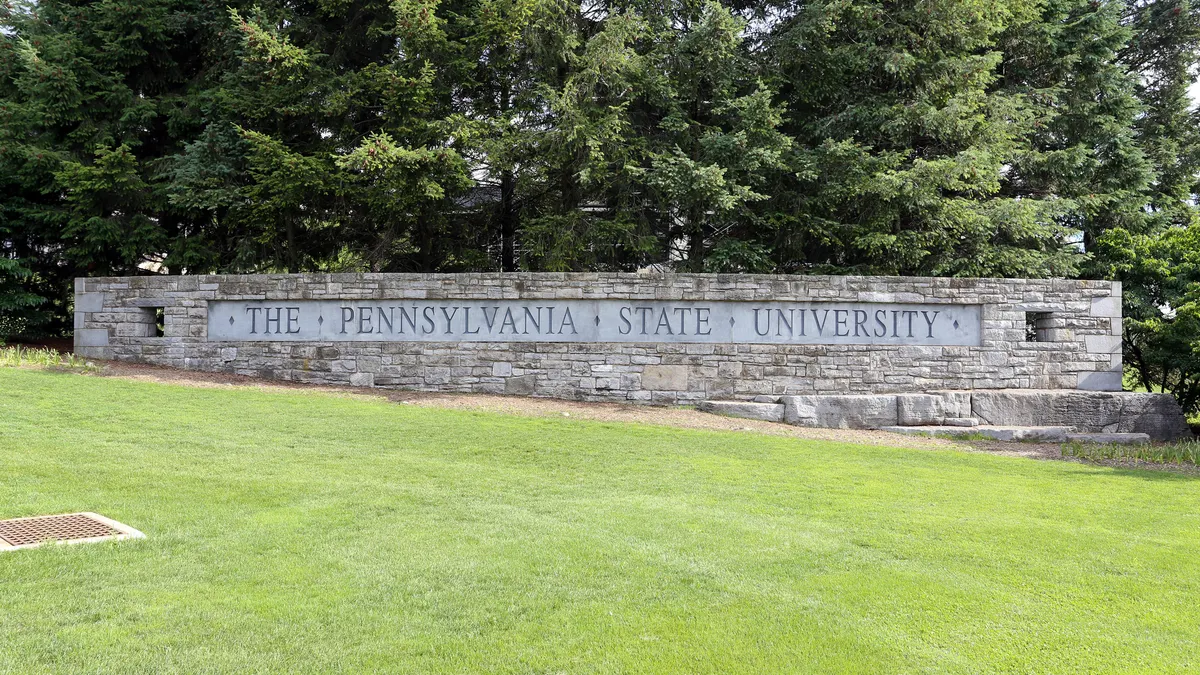As COVID-19 shut down colleges in March 2020, we observed that the ones that successfully transitioned to remote service did not replace their existing student service model with a completely new one. Rather, they found ways to augment their staff and traditional processes with new technology.
Lee Lambert, Chancellor of Pima Community College, said it best: “What we do comes down to people. The people piece will not change. What’s going to have to be rethought is how we as humans interact with technology.”
The Current Reality
Colleges are facing an existential crisis and are actively confronting immediate challenges to keep their institutions on a steady footing. Enrollments and FAFSA completions are down. So are budgets. Some are furloughing staff. And colleges were already outmatched pre-COVID when it came to effective student advising.
Collectively, these challenges are forcing schools to make hard decisions. The choices colleges make will have a lasting impact on the institution for years into the future. And short-term cuts could strain student advising and support, ultimately impacting access, completion, and student success.
The Case for Technology
How colleges incorporate technology into their student engagement processes that maximize the impact of their teams will separate those that can successfully navigate the current uncertainty from those that can’t.
Why? Because leveraging technology means departments can thoughtfully engage and service students, even in critical peak-demand periods. No longer are there lines out the door, hundreds of support emails left unread in the inbox, or students left on hold. Students get both the “nudges” and support they need via an intuitive resource 24/7/365 from any device.
Further, the students that need human-to-human advising can easily reach the advisors for support, even in a socially distant world. Advisors are unburdened from the repetitive, tedious questions that take much needed bandwidth away from these critical cases, and are able to work with students directly through live chat or screen share experiences.
As these barriers to advising are removed students are more successful, departments are more impactful, and schools can meet enrollment targets.
AI Leading the Way
AI chatbots -- given their versatility, affordability, ease of implementation, and scalability -- have emerged as a critical technology for colleges. Chatbots can tackle Tier 1 and some Tier 2 questions, improving the workflow, with staff tackling more complex situations.
Students engage with AI chatbots in a variety of ways. Some need personalized advising and answers around topics such as awards, refunds, etc. Others really prefer the “anonymous” experience. They effectively want “to get their information quickly” and not talk to a person. Or they want to navigate a sensitive issue that they feel requires discretion. Chatbots serve them all, 24/7 from any device.
Virtual meeting software, such as Zoom, along with live chat and texting, have further aided student service staff when used in concert with AI chatbots to create an interesting and innovative model that combines 1:1 support with many-to-one support and after-hours support. And that’s why AI is leading the way. Not just because of what the AI does in and of itself, but also the capabilities attached to the AI that unleash administrators’ impact on student success.
Colleges will tell you that effectively supporting students is not a matter of simply buying software. As Kamia “Mia” Mwango, Santa Fe College’s Director of Financial Aid, told me succinctly, “You cannot just bring in technology. You need to build around a process.” And when technology can augment a process, you create something special.
Scaling the Personal Touch
Perhaps the greatest virtue of AI chatbots is their versatility to blend directly with other tools such as live chat, texting, and screen sharing tools to provide a seamless experience that aids staff and supports students. They can also be integrated into CRMs, SISs, scheduling software, and ticketing systems.
Colleges need to be versatile at this time. There is a lot of uncertainty around enrollment, finances, and the future of course delivery. AI chatbots can bend and evolve as the college does.
The Wrap Up
AI communication is still in its infancy, but it’s already delivering strong value for colleges. We -- the humans -- and the AI are all learning. We are finding ways to deliver even greater efficiencies and improve service. In the months and years ahead, I have no doubt that this versatile technology will continue to lead the way in supporting students, and take us in new and exciting directions.






